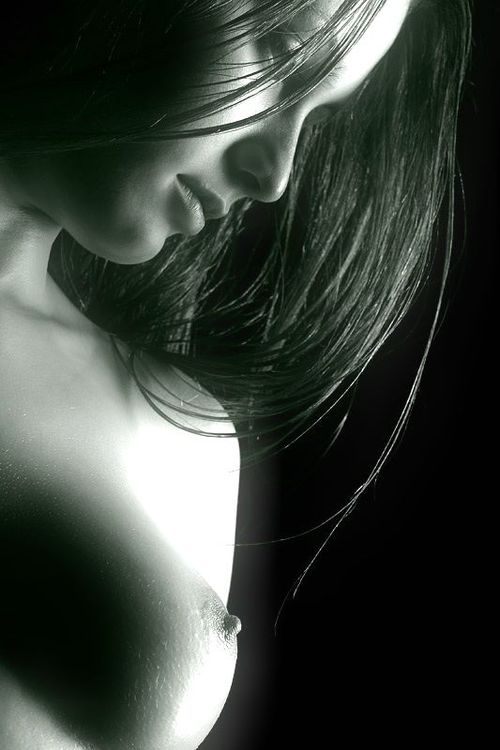mercoledì 30 gennaio 2013
domenica 27 gennaio 2013
sabato 26 gennaio 2013
THE FRAME MAN:harley 1340 vs" v.rod
- Model years: 2009–Present. The V-Rod Muscle was introduced in the summer of 2008 at the Harley-Davidson dealer show in Las Vegas for the 2009 production model year. In promoting the Muscle, Harley partnered with American fashion model Marisa Miller for an advertising campaign aimed at younger, urban riders.[1] It would be one of only three VRSC models for 2009. Like the other two models, the Muscle features the 1,250 cubic centimetres (76 cu in) Revolution Engine, a 240 mm wide rear tire, 5 US gallons (19 l; 4.2 imp gal) fuel tank, slipper clutch and forward controls. Departing from the other models in the VRSC lineup, the Muscle features straight shot dual exhausts, with a crossover, one on each side of the bike. This is a significant stylistic departure from the 2>1>2 exhaust found on all other VRSC models. Additionally, the Muscle features a unique air-box with mock-up air-rams like those found on many American pony and muscle cars. Early rumors around the VRSCF speculated that the F might stand for Forced Induction, however, in the production version of the bike the air-rams are purely cosmetic. There is no official word from Harley-Davidson as to what, if anything, the F in the VRSCF designation stands for. The VRSCF also features a chopped rear fender with integrated turn signals, and a side-mounted license plate. As well as turn signals integrated into the rear-view mirrors; a first as a stock feature on a Harley-Davidson motorcycle. The VRSCF puts out at the crank a claimed 86 pound force-feet (117 N·m) of torque at 6,500 rpm, which is slightly more torque than the other VRSC models, at a slightly lower engine speeds. Claimed peak crank horsepower is down slightly from the Night Rod Special, at 122 horsepower (91 kW) at 500 rpm lower engine speed.
The engine, significantly called 'Revolution', was designed in collaboration with Porsche (usually Harley-Davidson plans an internal engines) and is characterized by some features not found on other models: initially with a displacement of 1130 cm ³, then grown to 1,250 (since 2005), is a V-twin engine with electronic injection indirect sequential; unlike traditional engines HD, has an angle of inclination between the cylinders of 60 ° (instead of 45 °) and is cooled to liquid instead of air, thus losing the features cooling fins along the cylinders, which have always characterized the American engines. Electronic fuel injection is not however the sole prerogative of the V-Rod, because since 2007 Harley-Davidson has abandoned the classic propulsion carburetor entire range.
Other features of the V-Rod are deploying dual overhead cam head, rather than the traditional distribution pushrod and rocker arm, and the use of heads with 4 valves per cylinder, instead of 2, it is short of an engine designed to 100 % from scratch, without any connection with the remaining HD production: the latter was in fact designed with the intention of producing one unit modern, capable of generating values of power and torque worthy of a sports car, as well as to reach speeds much higher than conventional engines (of course at the expense of consumption, significantly higher than those of the remaining range HD).
Like all Harley-Davidson is the final drive toothed belt in kevlar.
mercoledì 23 gennaio 2013
martedì 22 gennaio 2013
domenica 13 gennaio 2013
martedì 8 gennaio 2013
domenica 6 gennaio 2013
Iscriviti a:
Commenti (Atom)



































